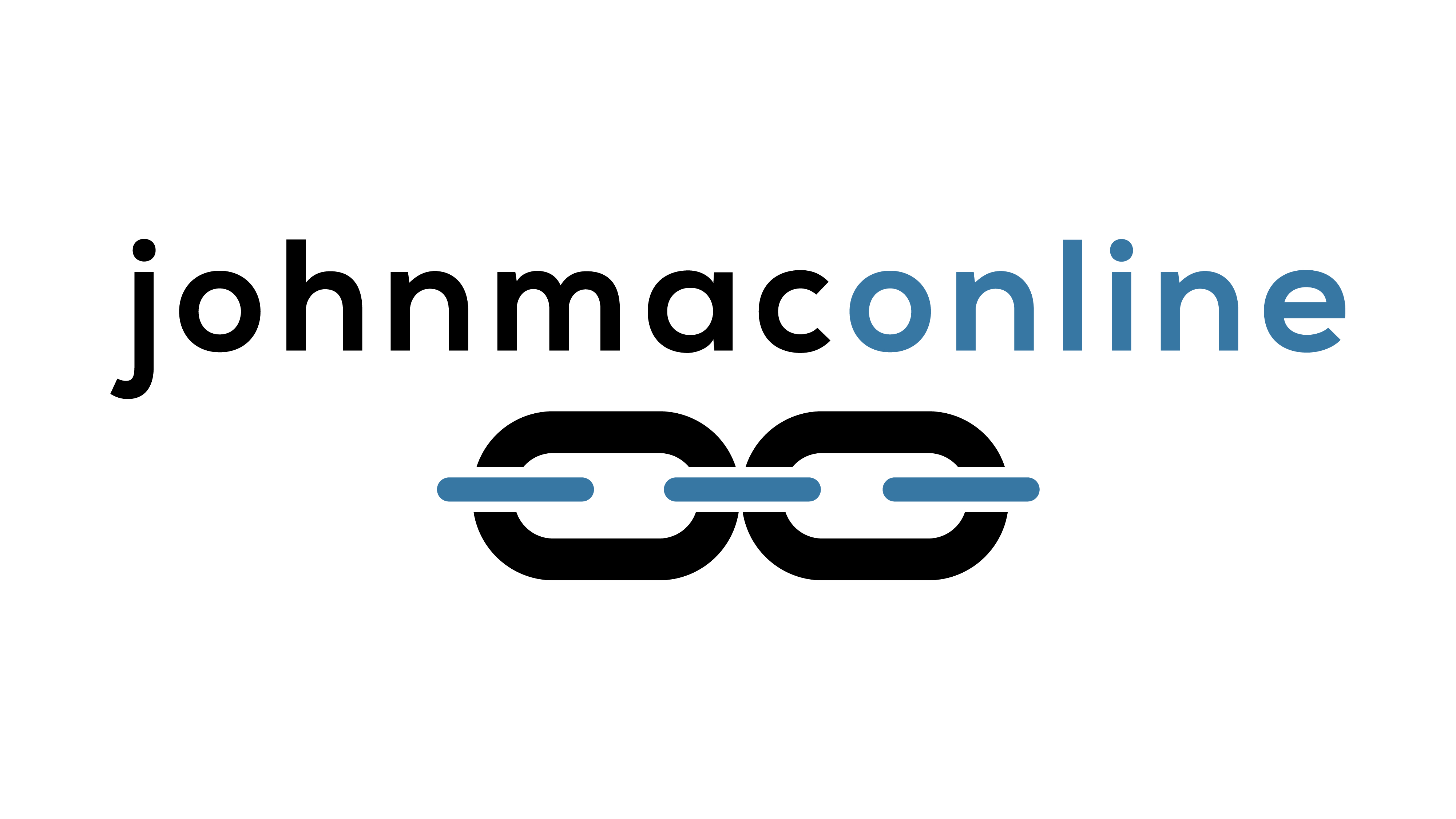Engineers are like all non-engineers — nobody wants to fail.
Nobody wants their design to fail. Nobody wants their decision to be the cause. Nobody wants to be seen as bad at their job. But really, nobody wants to be blamed.
Measure twice. Cut once.
But failure doesn’t necessarily mean somebody was reckless. It doesn’t necessarily mean someone is bad at their job.
When I was teaching my kids to drive, I took each to a snowy, icy parking lot.
“Hit the gas. Feel the wheels spin. Now hit the brakes. Feel the car slide. Try to turn. Feel the car keep going straight.”
The first thing I do whenever I pull out of my driveway onto the snowy, icy road is get some speed and hit the brakes. How slippery is this road? I recommend you do the same thing.
Failure is a data point. Failure helps you find the limits. Failure helps you experience what happens when you cross the line.
Here we are on the arc of our product development, and this happened. That was unexpected. Or, maybe, OK, great! We found the limit. Interesting. What can we learn? Why? What do we need to change? What do we need to make better? What if…?
SpaceX has blown up a lot of rockets — nine of them. Rapid unscheduled disassemblies. Theory is one thing. The real world is another.
The faster you break it, the faster you can fix it.


